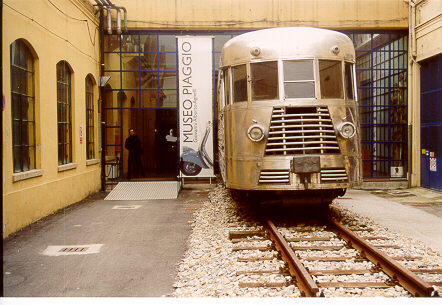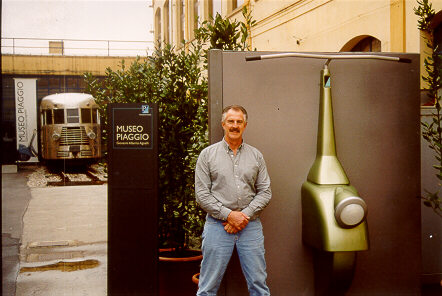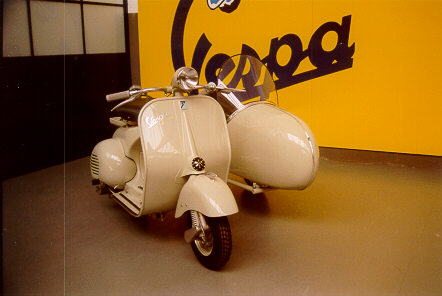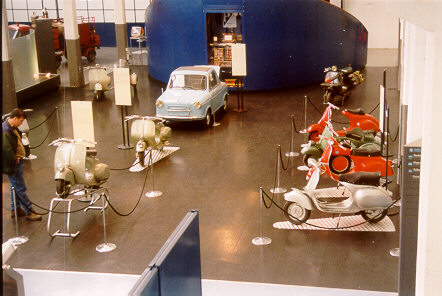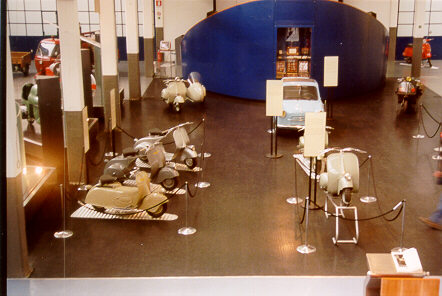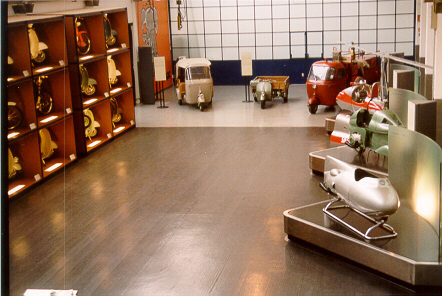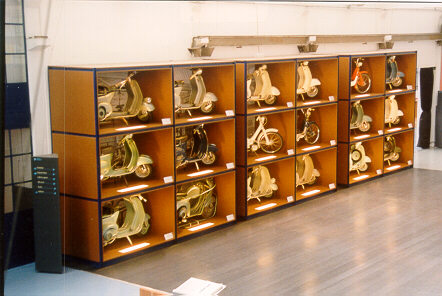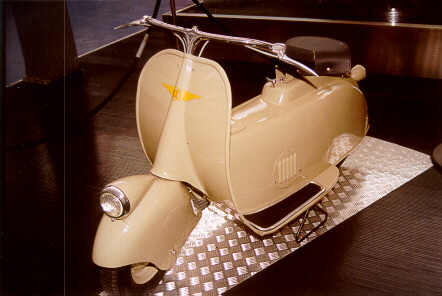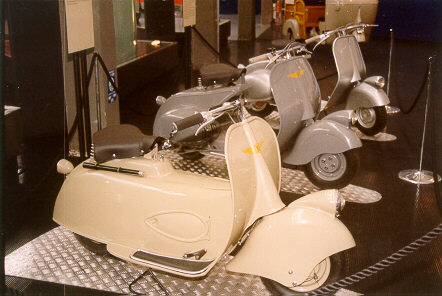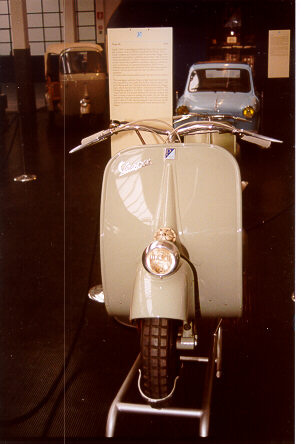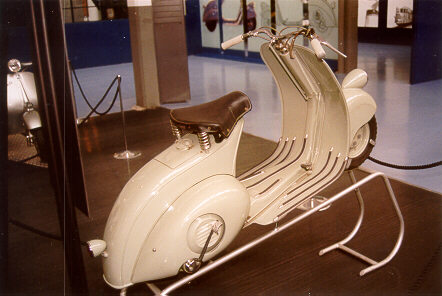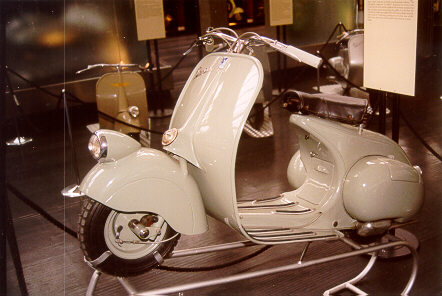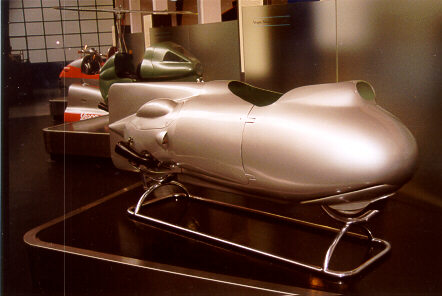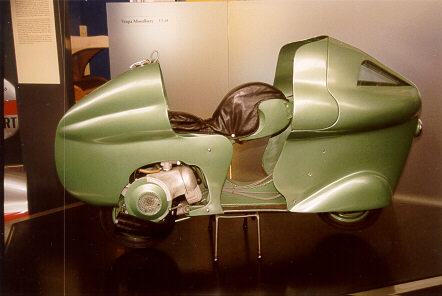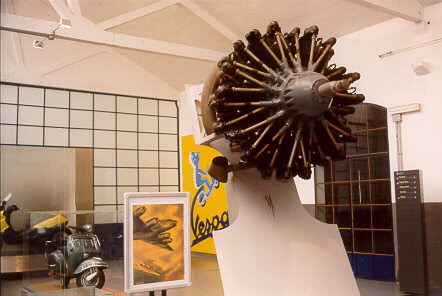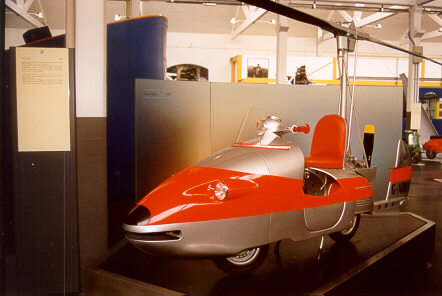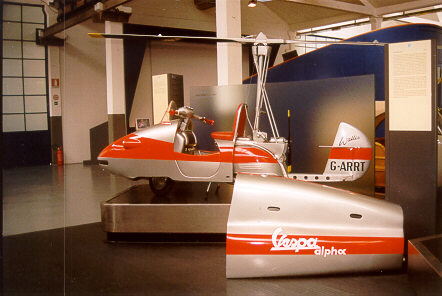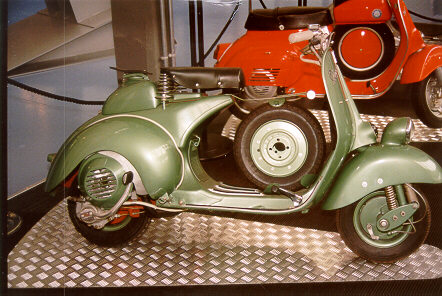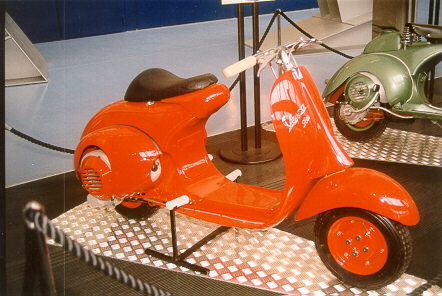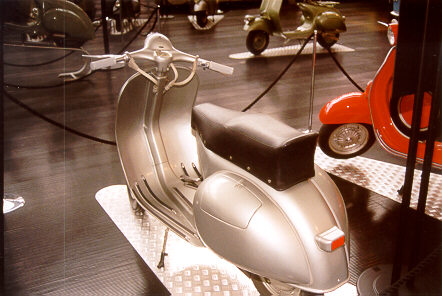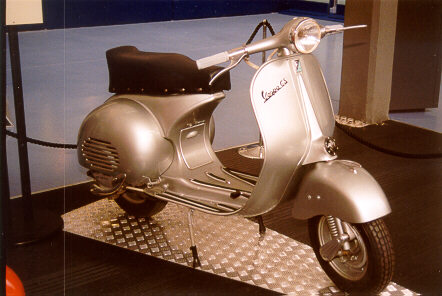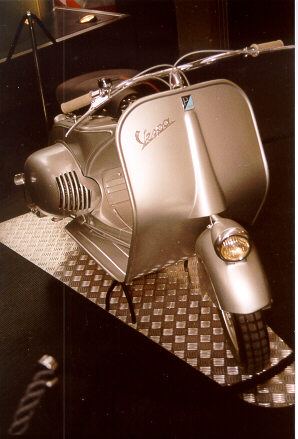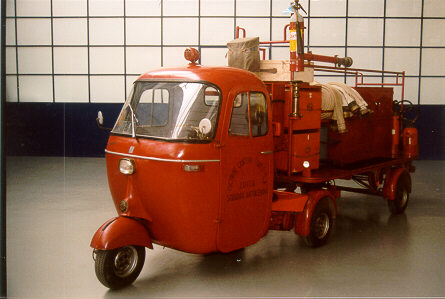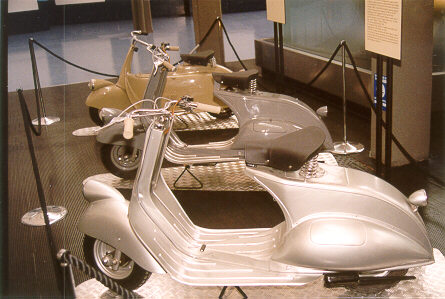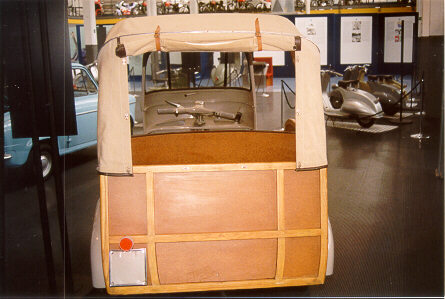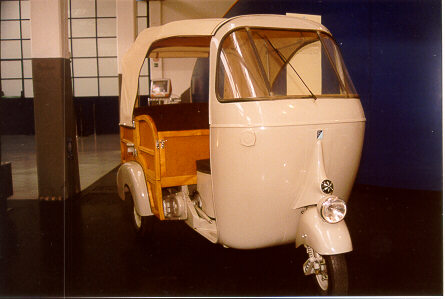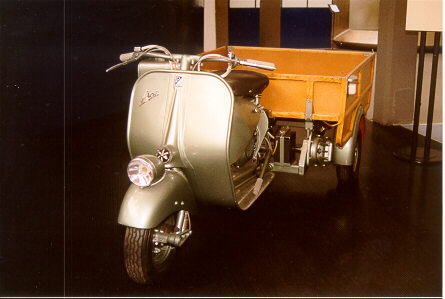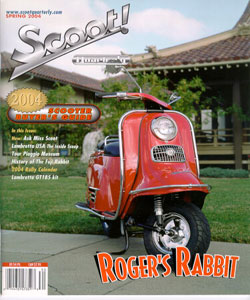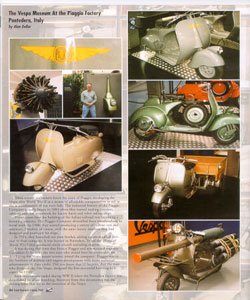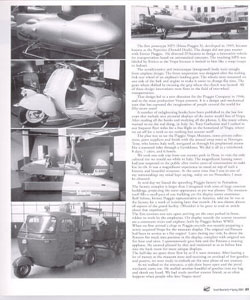The complaints generally go something like this: "The bike still tries to creep forward even with the clutch lever pulled all the way in." The clutch is grabby." "It's hard to get into first gear." "It's hard to find neutral."
A few items are all it generally takes to make the clutch work "as good as new." A few more trick can make it better than new.
Here are some common problems and solutions.
- Oil soaked and gummy fiber plates - solution: replace the discs. There have been a lot of "stop gap" measures to avoid replacing the fibers over the years such as baking to draw the oil out, spraying with brake cleaner and such. None of the work particularly well. Buy even the cheapest replacement fibers you can get, and you will be much more satisfied.
- Glazed fiber plates - solution: same as above, replace the discs. A stop gap measure is to "rough up" the surface, usually by rubbing them on some concrete
- Primary chain or belt misaligned - solution: align. If your clutch basket is inboard in relation to the engine sprocket, when you pull in the clutch, the basket will naturally move out to align with the engine sprocket. This takes up the free space between the plates that pulling in the clutch was supposed to give, resulting in a dragging clutch.
- Primary chain or belt too tight - solution: adjust. Very similar to number 3 above. Obviously adjusting a chain is pretty easy. Some belt drives are non adjustable due to rigid primary housings. Consult the manufacturer as to why his product doesn't fit correctly. I am sure he will tell you that it is the first time he has heard of this problem. Then switch to a chain.
- Clutch hub studs grooved - solution: replace the studs or the clutch hub assembly. This manifests itself in a dragging clutch due to the fiber discs (which have the small holes that the studs go through) being hindered from moving due to the grooves. If you choose to repair this by replacing studs, you can convert it to a 5 stud at the same time. The only advantage to a 5 stud is that allows a finer adjustment for the springs.
- Clutch basket dogs grooved - solution: replace dogs or basket.This is similar to #5 above, except that it is the steel plates that have worn grooves into the dog s on the basket. This is far less common than grooved studs.
- Clutch pressure plate warped -solution: replace. If the pressure plate is not flat, it will be very difficult to adjust the clutch so that the plate releases evenly. The best solution to this is to upgrade to an aftermarket aluminum pressure plate, often referred to as a precision pressure plate.
- Clutch springs out of adjustment - solution: adjust. This can show up in a couple of ways. Springs that are not adjusted with enough tension can slip. Springs that are adjusted too tightly may coilbind before there has been enough movement of the pressure plate to allow full disengagement. The most prevalent problem, though, is not adjusting the springs for even pressure. This can cause the cause the clutch to be grabby or to drag. Your service manual tells you to adjust the three nuts on the clutch hub studs so that there is 1 inch between the stock pressure plate and the inside of the spring retainer. That is a good starting point, but for best results you need to pull in the clutch while watching the pressure plate and adjust those nuts so that the pressure plate comes out evenly. In other words, if one side of the plate starts to move before the other, adjust the nut on that side in a half turn or two until the pressure plate comes out evenly. Turn the pressure plate to different points in its rotation and double check this release. This is a major cause of a grabby clutch, and is easy to remedy!
- Clutch pushrod and adjusting screw not having "squared off" ends - solution: machine them or replace them. This fits hand in hand with #8 above. Somewhere along the line, someone came up with the bright idea of making a clutch adjusting screw (the screw that goes into the center of the pressure plate) with a ball bearing in the end. Obviously they thought this would be a plus if you did not adjust the clutch with enough free play. The problem is that it aggravates the problem of the pressure plate not releasing evenly as described above. Picture the difference between balancing a 5 gallon pail on top of another 5 gallon pail (with lid). Now picture balancing the 5 gallon pail on a basketball. Any small difference in spring pressure from one side of the pressure plate to the other will be magnified by "balancing it on an adjusting screw with a ball on the end of it. Usually the pushrod itself will have an end that is already "squared off."
- Insufficient travel of pressure plate for full disengagement. solution: restore full travel. This can be as simple as adjusting the clutch free play. Obviously if your clutch lever moves an excess amount before it starts to move the pressure plate, it may hit its full travel before the pressure plate has moved far enough to fully disengage the clutch. It is best to unhook the clutch cable, and then adjust the screw in the center of the pressure plate. In most cases this can be accomplished by turning the screw in until it lightly bottoms, and then back off a quarter turn. Then go back, hook the cable up, and adjust the free play at the lever. You must leave some free play or the throw out bearing will burn up. This is all it should take if all else is in good stock working order. There are a couple of other possible issues though. One is if you have a set of the really thick aftermarket grips that are on the market today. Your clutch lever will bottom out on this grip before it traveled as far as it would with the stock grip. (when I drag raced, I wouldn't run any grip at all on the clutch side just to add a little more travel) Another potential problem is in some of the clutch cables I have seen. In an effort to make clutch cables more "flexible" some of them have been "woven" with wires that are not stiff enough. I have seen cables that actually stretch somewhat as the lever is pulled, and then relax again when the lever is released. Sort of like using a big spring to release your clutch.
Well, that pretty much covers the common causes and solutions for the 4 speed clutch problems, at least those that have come to mind. I may remember more later. In a future post I intend to cover some tricks and tips for high performance use. All in all, great performance can be realized without resorting to replacement of this durable clutch with one of a different design.
(note: I tried both the "numbered list" function, as well as the "bulleted list" function and they both change to the goofy flower when I publish the post. Maybe I should add "Blogger" to my book of shame.)










 The new Vespa museum, called ‘Collezione Vespa Mauro Pascoli” was opened last Saturday in Ravenna, at the Mir di Fornace Zarattini, in the presence of 12,000 people.
The new Vespa museum, called ‘Collezione Vespa Mauro Pascoli” was opened last Saturday in Ravenna, at the Mir di Fornace Zarattini, in the presence of 12,000 people.
